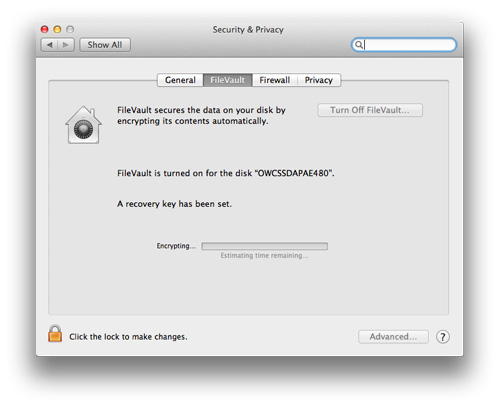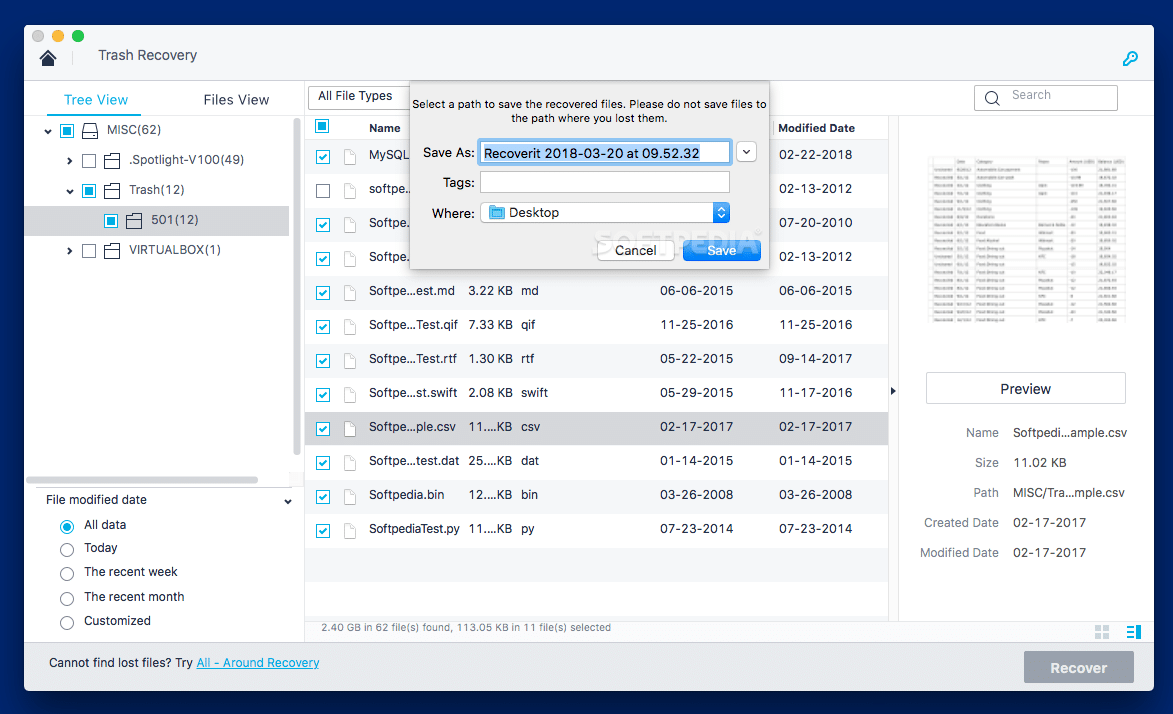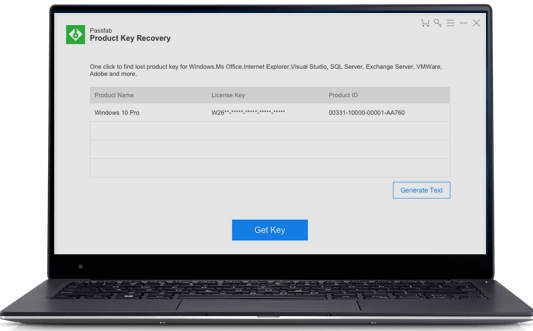


The msFVE-RecoveryPassword item is the BitLocker recovery key you’re looking for.

$Bitlocker_Object = Get-ADObject -Filter -SearchBase $objComputer.DistinguishedName -Properties 'msFVE-RecoveryPassword' Substitute “ PCUnlocker” with the name of the computer you want to locate BitLocker recovery key for. Copy and paste the following script into the PowerShell console and hit Enter.Press the Windows key + X and then select “ Windows PowerShell (Admin)” from the Power User Menu.

Method 1: Find BitLocker Recovery Key in AD Using PowerShell In this tutorial we’ll show you different ways to find BitLocker recovery key/password from Active Directory or Azure AD. That way you always have your recovery key when you need it.BitLocker is prompting for a recovery key and you lost it? Applying the GPO to store BitLocker recovery password in Active Directory is a good practice for companies when data security is a concern. You might want to give a copy of your recovery key to a family member, or keep copies in more than one place. With that in mind, it's important to keep your recovery key in a safe place. If you lose both of these items, you could be locked out of your account permanently. Using a recovery key is more secure, but it means that you’re responsible for maintaining access to your trusted devices and your recovery key. Find out more about using account recovery instead of a recovery key. Account recovery is a process that would otherwise help you get back into your Apple ID account when you don’t have enough information to reset your password. Creating a recovery key turns off account recovery. While it’s not required, using a recovery key improves the security of your account by putting you in control of resetting your password. A recovery key is a randomly generated 28-character code that you can use to help reset your password or regain access to your Apple ID.


 0 kommentar(er)
0 kommentar(er)
